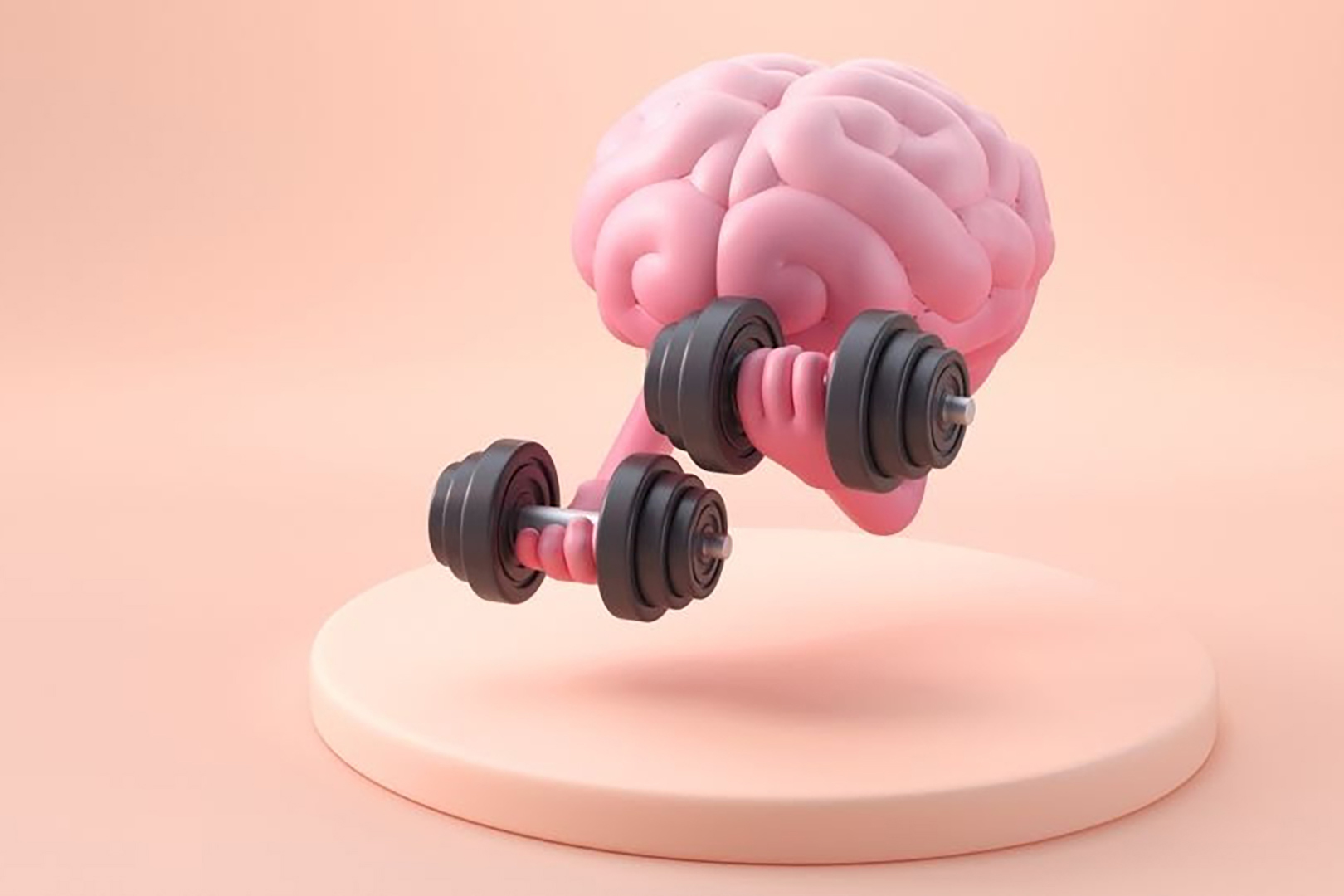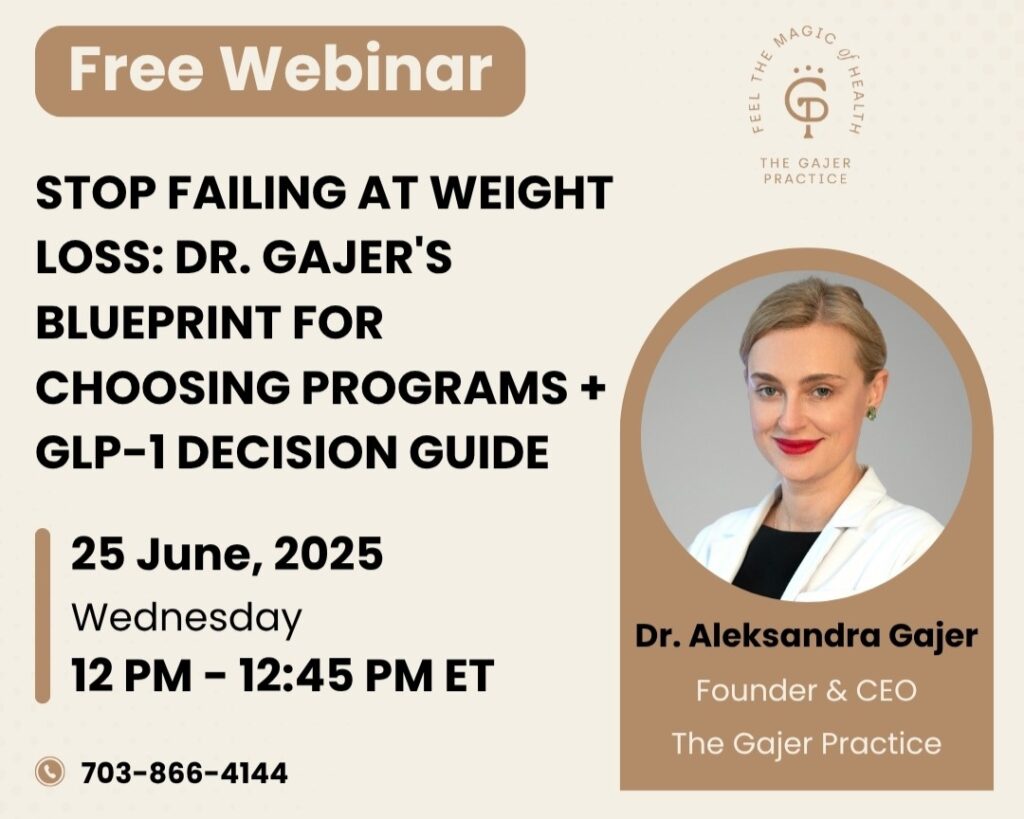By the time we reach the age of 50, 50% of men and women have noticeable hair loss. There are a number of products and solutions on the market, but it can be confusing to determine which direction to go. Today I will explore some solutions and give you the best guidance on maintaining healthy hair at any age. The discussion will get slightly technical… if this all sounds like gibberish, schedule a wellness consultation and we can discuss which strategies may work best for you.
Hair growth and maintenance solutions are divided into chemical and mechanical therapies. Chemical therapies are mostly shampoos, creams or pills and mechanical solutions include things like microneedling. Studies show that the greatest success comes from combining these therapies, but this is not always feasible. Today we will focus mainly on chemical solutions. It is beyond the scope of this blog to review every method for hair maintenance available, but I will highlight the ones that I think merit the most attention.
To understand how these work, I will briefly review some hair growth basics. For healthy hair to grow, we need an abundance of nutrients and oxygen to arrive at our hair follicles. Medications that dilate arteries allow a greater supply of blood to flow to hair follicles therefore improving hair growth. Dihydrotestosterone (a testosterone derivative abbreviated to DHT) negatively affects hair growth and leads to hair loss by shrinking hair follicles, shortening the hair growth phase, and eventually causing shrinkage of hair follicles, resulting in thinner, shorter hairs. Many hair growth strategies aim to block DHT and therefore promote hair growth.
Prescription drugs:
- Minoxidil/ Rogaine- Minoxidil is the active ingredient in Rogaine, which was approved by the FDA in 1988. Topical minoxidil causes the arteries supplying the scalp to dilate, allowing more blood flow (and therefore oxygen and nutrients) to reach hair follicles. It works well to prevent hair loss, but will not make new hair grow. Oral minoxidil was developed as a treatment for high blood pressure and recently small doses of this have been used to promote hair maintenance. The medication must be used at its lowest effective dose as higher doses can have some severe side effects. Some studies have shown that topical minoxidil plus microneedling stimulates new hair growth in dead zones.
- Finasteride/ dutasteride- Finasteride and dutasteride promote hair growth by inhibiting the enzyme 5-alpha-reductase, thereby reducing the conversion of testosterone to dihydrotestosterone (DHT). This can help prevent hair follicle miniaturization and prolong the hair growth phase. This medication has serious potential downsides including side effects such as decreased libido, erectile dysfunction, and breast tenderness. Using the lowest effective dose and waiting adequate periods of time before dose increases can minimize the risk of these side effects.
- Tadalafil (cialis)- Tadalafil works similarly to minoxidil in the sense that it increases blood flow to hair follicles. At a low dose this can preserve hair thickness and slow down loss.
- BHRT- BHRT (Bioidentical Hormone Replacement Therapy) promotes healthy hair growth in women by restoring hormonal balance, particularly estrogen and progesterone, which play crucial roles in maintaining the hair growth cycle, supporting follicular health, and preventing hair thinning or loss.
Topical treatments:
- PRP- Platelet rich plasma (PRP) can be applied to the scalp to encourage hair growth and prevent loss. PRP is made by taking a patient’s blood and using a centrifuge to remove red blood cells and leave the plasma. Studies have shown mixed results with this treatment, but there is some evidence that applying PRP after microneedling may yield some favorable results.
- Caffeine- Caffeine ointment promotes hair growth by stimulating blood circulation to the scalp, which can enhance the delivery of nutrients to hair follicles and potentially prolong the hair growth phase.
- Ketoconazole- Ketoconazole may promote hair growth by reducing inflammation, fighting fungal infections on the scalp, and potentially inhibiting the production of dihydrotestosterone (DHT).
Supplements:
- Saw palmetto- Saw palmetto (active ingredient in nutrafol) helps with hair growth by inhibiting the enzyme 5-alpha-reductase, which reduces the conversion of testosterone to dihydrotestosterone (DHT), thereby potentially reducing hair thinning and promoting hair follicle health.
- Myoinosotol- Myoinosotol improves hormonal balance and protects hair from oxidative stress.
- Biotin- Biotin promotes hair growth by supporting the production of keratin, a protein essential for healthy hair, and may also improve the infrastructure of hair follicles, leading to stronger, thicker strands.
- Vitamins and minerals- Specific vitamins and minerals such as vitamin A, C, D, E, biotin, zinc, iron, and selenium can improve hair growth and prevent hair loss by supporting healthy hair follicle function, providing essential nutrients for hair growth, and maintaining overall scalp health.
A variety of strategies exist for maintaining and stimulating hair growth. Schedule a wellness consult with Dr. Gajer to create a custom hair solution for you depending on your specific goals, health history, gender and hair status. We can use strategies combining mechanical, topical and/or prescription therapies and compound custom supplements to support your goals.






